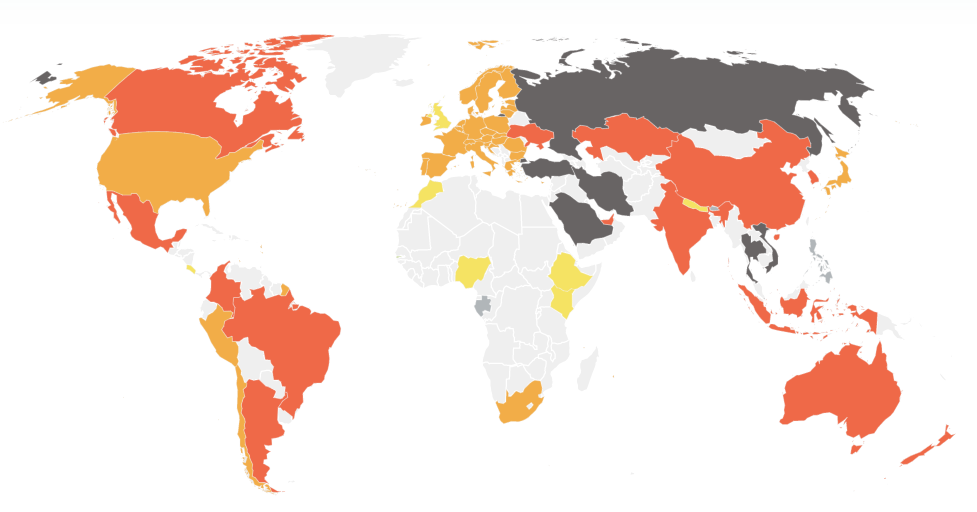Text by: George Kontaroudis, AIA, LEED AP BD+C, CPHD
These coming weeks are perhaps the most politically important for the future of humanity. That’s because COP26, which is held in Glasgow, is in session. While the UN holds annual conferences on climate change, some are more important than others. COP26 is important because this year the delegates are planning to finalize the ‘Paris Rulebook’, or the rules needed to implement the Agreement.
Under the Paris Agreement, 197 nations agreed to take necessary actions to keep global temperature rise below 2°C (3.5°F) by end of century compared to preindustrial levels, with an aspiration of 1.5°C (2.7°F). As a reference, we are currently at 1.1°C (2°F) and without any emissions being mitigated we are on a path to reach the 1.5°C limit in 6 years, while if we do our very best that would be 9 years. In other words, the climate disaster is already here, and we have to act now.

Source: The Guardian
According to the Climate Action Tracker, none of the developed economies is currently compatible with the 1.5°C Paris agreement, with the current policies take us to a mean 2.9°C world and the current pledges to a mean 2.4°C world. It is worth noting though that with policies before 2015, we were looking at a 4°C world, so although positive action has been taken, it is still not enough.

Source: Climate Action tracker
Many call this the last best hope for the world. The reason is the findings of the latest IPCC report on the state of the Climate where it outlines that we still have a chance to mitigate and perhaps reverse the catastrophic consequences of humanmade activity on the climate, but only after 2050 and only if we act now.
When it comes to buildings and the built environment, a fact that is widely known is that this sector is responsible for 40% of the global CO2 emissions. We should demand legislation and economic stimulus for actions that help minimize carbon from the building sector, both in construction as well as operations.
In anticipation of the conference a coalition of over 60 of the largest international architecture firms and other building industry companies, along with 25 organizations issued a communique calling on government leaders to step up their carbon reductions for the built environment. Among them is the American Institute of Architects, the Royal Institute of British Architects and the U.S. Green Building Council.
The Treehugger blog outlines 26 actions that cities should adopt at COP26, with making the Passivehouse standard code being number 1.
The Passivehouse standard is simple, straightforward and universally applicable. It is style-agnostic and its principles can be applied to either urban or rural areas in every climate zone. I find it absurd that not every building that is currently built is not done to the Passivehouse standard, which is one of the easiest ways to achieve net zero. Of course we should also be looking into low embodied carbon building materials, circular construction and full electrification as well as, and perhaps most importantly, affordable ways of applying the same concepts to existing buildings.
The best thing all of us can do right now is to “Act up, disrupt and get noisy”. We should be vocal and made our voices known to policymakers at every level, local and national. We should be making environmentally-conscious purchasing and lifestyle decisions and not be afraid to speak up when necessary. A growing number of polling data is showing that the majority of people see the climate emergency and want leaders to act.

Official COP26 poster

























